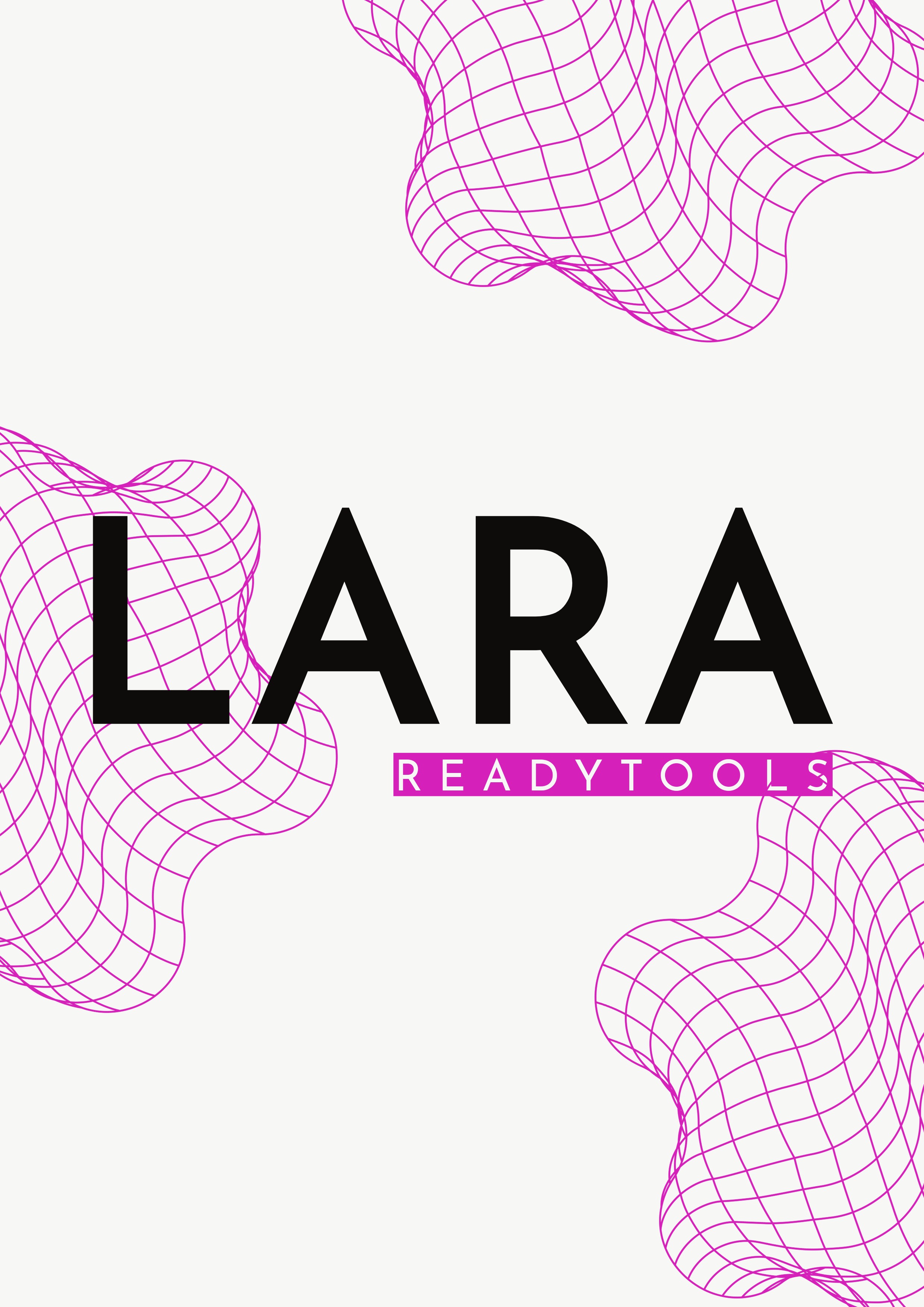Definition of Relations
In mathematical terms, a relation is a connection between two sets. Let A and B be two sets. By definition, a relation is a subset of the Cartesian product A × B.
This means that the relation consists of ordered pairs where the first element comes from A and the second from B.
Ordered Pairs
For an ordered pair (a,b), the first element always belongs to A, the second to B. This distinguishes the ordered pair from a set: (a,b) ≠ (b,a), except if a = b.
Binary Relation
If A = B, then the relation is called a binary relation. In this case, the relation is a subset of the Cartesian product A × A. Examples: less than or equal to, equal, divisibility.
General n-ary Relations
Relations can also be defined for more than two sets, called n-ary relations. For three sets A, B, C, the relation is a subset of A × B × C.
Example: A ternary relation could describe coordinates in 3D space: (x,y,z) where x ∈ A, y ∈ B, z ∈ C.
Important Notes
Important: a relation itself can be any subset. There is no rule for which pairs must be in it. Strict rules only appear when examining special relations (e.g., reflexive, symmetric, transitive).
Example
Let A = {1,2,3} and B = {x,y}. All possible pairs of A × B: {(1,x), (1,y), (2,x), (2,y), (3,x), (3,y)}. One possible relation from these: R = {(1,x), (3,y)}.
This is a valid relation because the ordered pairs satisfy the condition that the first element is from A, the second from B.
Summary
- Relation: a subset of the Cartesian product A × B.
- The elements are ordered pairs: (a,b), where a ∈ A, b ∈ B.
- If A = B, we speak of a binary relation.
- A relation can be any subset; special properties are defined later.
Practice Exercise
We have reviewed and checked the materials, but errors may still occur. The content is provided for educational purposes only, so use it at your own responsibility and verify with other sources if needed.
✨ Ask Lara — your AI study partner
Unlock personalized learning support. Lara can explain lessons, summarize topics, and answer your study questions — available from the Go plan and above.
Lara helps you learn faster — exclusive to ReadyTools Go, Plus, and Max members.


